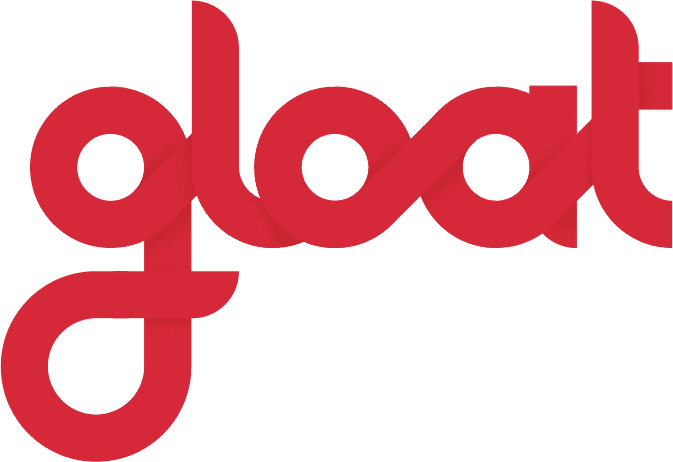How to transform your company into an agile talent network
The 4 key elements to get you there.

As 2019 comes to a close, many take this time to reflect on the past year and set goals for the year to come. For those who strive for greatness, this tradition extends far beyond the personal and is a great opportunity to take stock of one’s achievements, obstacles, and progress.
Talent Visibility
For companies looking to maximize productivity, profitability, and employee retention and satisfaction, the first step must be understanding the skills, experiences, interests, and ambitions of the individuals that make up an organization. Talent visibility is increasingly being recognized as a key metric for success in every industry.
As this year ends, HR professionals and executives alike should be sizing up their organization’s state of talent visibility and set goals for the coming year. The World Economic Forum estimates that more than half (54%) of all employees will require significant reskilling by 2022.
Do your HR teams and department leaders understand the skills gaps they are currently facing or the skills gaps they will soon face in the coming months and years?
Without understanding the existing cards in your deck, or the talent on your teams, one cannot plan and succeed in the upcoming challenges in the very near future of work.
Talent Agility
Talent agility is an organization’s ability to change its composition of talent quickly and cost effectively to maximize productivity and output. The beauty of the current trends is that increasing talent agility is both good for business growth and employees. In fact, it’s what most of the workforce craves.
With true talent visibility across the organization, the goal becomes discovering new ways to apply existing talent in ways that make people happy, more productive, and more likely to stay.
Today’s workforce is comprised largely of individuals who want to pursue their interests at work and grow professionally. A workplace report reveals that “nearly half (43%) of full-time employees in the US are bored or disengaged at work and the majority (51%) feel this way at least half of the time. As a result, over half (61%) of those employees are likely to change jobs in the next three to six months to pursue opportunities that are more rewarding.”
“The survey of 1,000 full-time employees found that boredom isn’t simply a matter of having nothing to do but rather a lack of new learning opportunities and professional growth. Respondents cited limited opportunities to learn new skills (46%), as well as unchallenging work that doesn’t use their education or background (44%), as top reasons they were bored in their current roles and looking for a change,” the report continued.
A Linkedin report shows that 94% of employees would stay at a company longer if it invested in their careers. There is no doubt that today’s employees want career development opportunities and in order to both increase agility and give employees what they want, it can’t be too difficult for people to take on new roles inside the company. Rigidity is the antithesis to agility. The lateral moves are more important than ever, and will continue to be in the coming decade as 9 out of 10 employees say they would make a lateral career move with no financial incentive.
Part-time project work, in addition to employees’ day-to-day jobs is a great way to provide on-the-job learning and career development opportunities while maximizing the talent and skills already at your organization. Project work is also a great way for people to network and build diverse relationships and skills, especially at global enterprises.
Armed with the visibility on existing skills and employees’ desires and ambitions, companies can begin to operate as a more agile network of talent rather than keeping individuals in rigidly defined roles where they could face boredom, disengagement, and eventually the decision to leave the company.
Executive Buy-In
A PwC report shows most CEOs view the unavailability of talent and skills as the biggest threat to their business. However, if your company’s chief executives don’t understand the business value in achieving full talent visibility and improving talent agility, you will face meaningful obstacles and lack the necessary backing needed to accomplish these goals.
As HR leaders, hopefully valued for your tremendous contributions to your organization’s success, you must help your executives to understand the incredible business growth that can result directly from this strategic shift in HR management and the technology that empowers it. There is tons of research out there explaining the need for this HR strategy shift to rise to the challenges of the future of work. In fact, it’s so much more than an HR strategy, but rather a shift in the mindset of organizational leadership to see the company as a connected network of talented individuals taking part in diverse projects with a united goal.
The first step in transforming a company into a connected talent network is gaining the visibility to evaluate organizational resources. The next step is finding the right technological tool to enable the shift to an agile workforce.
Internal Talent Marketplace – A Must for 2020
Apply the right technology, specifically artificial intelligence to fully understand internal talent pools and each individual’s strengths, weaknesses, and ambitions will empower leaders and HR professionals to steer their companies to new heights in productivity while their employees feel seen and fulfilled like never before. It’s the win-win we need to start off the decade.
The good news is, the world’s first internal talent marketplace is already here, powered by AI, and already making a big difference at some of the world’s largest and most innovative employers. Gloat’s InnerMobility analyzes different possible career paths for each individual employee, following their achievements and goals from their first day on the job while matching them in real time with internal part-time projects, full-time positions, mentorships, or job swaps across the organization. Employees gain targeted new skills and expand their internal network while the company closes impending skills gaps and gives managers access to instant skills without the costs of external recruitment.
For global enterprises, shifting to a more agile connected talent network model in 2020 and beyond is a necessary move to future-proof their workforces.
InnerMobility by Gloat is an AI-powered internal talent marketplace connecting employees with personalized career development opportunities including new positions, part-time projects, job swaps, and mentorships. It empowers employees to take control of their own careers and find their maximum productivity bliss within their current company while driving business growth.






